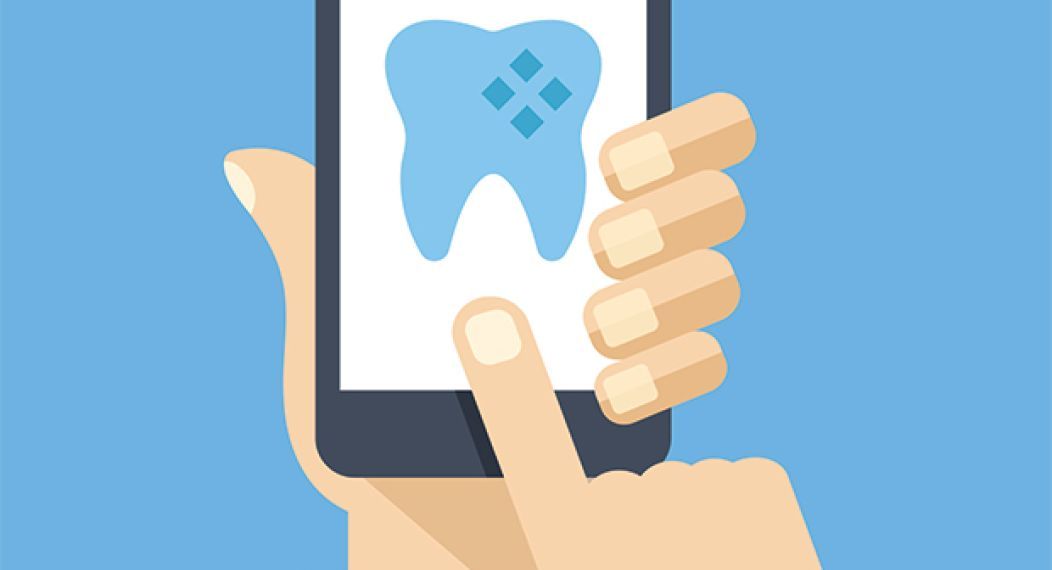Teledentistry: Essential During and After COVID
Dental disease is the No. 1 chronic disease of children — more common than obesity and asthma — and it is almost entirely preventable. For children, providing access to preventive services early in their lives prevents dental disease and provides a lifetime of benefits. When children are free from active dental disease, they miss fewer days of schools and are better able to learn. They also enjoy the benefits of higher-quality nutrition and experience improved self-esteem.
Caries is the number-one chronic disease among adults in the United States as well. Nearly half of all adults over 30 have some signs of periodontal disease. Older adults with other chronic conditions that commonly occur with aging such as diabetes, Alzheimer’s disease, cancer, pulmonary diseases and stroke all pose disease- and medication-specific risks to their oral health. 60% of all adults and 80% of those 65 and older have one chronic disease; 40% of all adults and 68% of those 65 and older have two or more.
Frail older adults with a high need of support and adults with developmental disabilities can benefit from regularly receiving dental care that will keep their mouths clean and pain free. Unfortunately many are not receiving that care. The cost of neglect is substantial, both to individuals and to society.
Proficient dental teams that reach into communities and are prepared to use technology effectively to collaborate with other health care providers can reduce barriers to preventive and basic dental care in vulnerable and underserved populations.
Models of care utilizing the entire dental team, working to the full potential of their scope of practice and bridging the divide between traditional and non-traditional clinical settings, can provide long-term savings by avoiding costly procedures, emergency room visits and even hospitalizations or death associated with untreated dental disease.
How is the Dugoni School of Dentistry enhancing dental education and patient care through teledentistry?
In 2010 the Virtual Dental Home (VDH) model of care was developed at the Dugoni School. VDH is a community-based oral health delivery system in which people receive preventive and simple therapeutic services in community settings from allied dental providers where they live or receive educational, social, health or other services, visiting their dentists only for more complex procedures. This approach utilizes technology to connect dentists with patients at remote sites such as schools, community and senior centers or senior living facilities.
Using the VDH system, registered dental hygienists in alternative practice (RDHAP), registered dental hygienists working in public health programs (RDH) and registered dental assistants in extended functions (RDAEF) can keep people healthy by collecting diagnostic records and providing preventive procedures, interim therapeutic restorations, oral health education and case management in locations that are most convenient and accessible to the patient. This approach brings much-needed services to individuals who might otherwise have inadequate or no access to oral health care.
Dental and dental hygiene students have opportunities to experience this model of care through interactive seminars and clinical experiences in some of our extramural clinical rotations. Our graduating dental hygienists— and those going on to complete the RDHAP program that originated at the Dugoni School —will continue to develop this model in collaboration with community providers and programs to bring access to care to those who are most vulnerable and most in need of care.
During the COVID-19 pandemic, the Dugoni School employed teledentistry to facilitate consultations, triage, follow-up and post-operative care using Zoom for Healthcare, a HIPAA-compliant platform. In addition, a teledentistry rotation was developed to enhance the Extramural Patient Care (Community Practice Systems) course. Through this rotation students develop competency in patient management using virtual tools. Teledentistry experiences allow dental and hygiene students to participate in interprofessional education and practice, while reaching those who have difficulty accessing clinical services in traditional settings under normal circumstances — and they provided a critical bridge to patients during the pandemic.
While this expansion of teledentistry was made necessary by the COVID-19 pandemic, teledentistry is here to stay as an integral part of the curriculum and patient care at the Dugoni School. The pandemic made clear the stark disparities in health care that exist in our communities. We seized the opportunity to learn more about how our dental teams could use new models of care and technologies to maximize their ability to reach those most in need. We will continue to evolve and broaden our reach as we learn and innovate to the benefit of both students and patients.




